Home>Garden Essentials>What Do Fuchsia Seeds Look Like
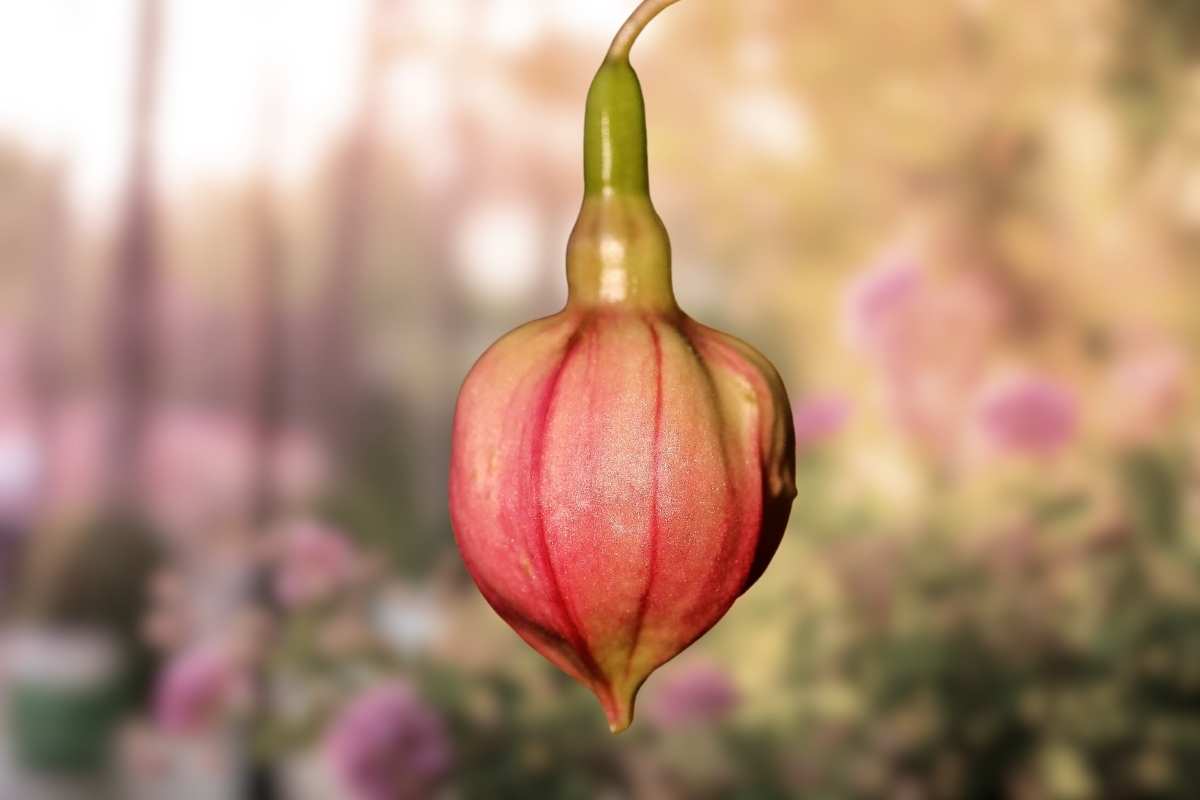

Garden Essentials
What Do Fuchsia Seeds Look Like
Modified: March 16, 2024
Discover what fuchsia seeds look like and how to grow a beautiful garden with these essential gardening tips.
(Many of the links in this article redirect to a specific reviewed product. Your purchase of these products through affiliate links helps to generate commission for Storables.com, at no extra cost. Learn more)
Introduction
Gardening is a delightful and rewarding hobby for many people. Whether you have a spacious backyard or a tiny balcony, creating a vibrant garden can bring joy and beauty to your surroundings. One of the most enchanting flowers that gardeners love to grow is the fuchsia.
Fuchsia plants are known for their stunning, pendulous flowers that come in a wide range of colors, including shades of pink, purple, red, and white. These graceful blossoms create a captivating display, attracting butterflies and hummingbirds to your garden. If you have fuchsia plants in your garden or are planning to grow them, it’s important to understand the characteristics of their seeds.
Key Takeaways:
- Fuchsia seeds are small, dark, and have a smooth texture, making them unique and fascinating. Understanding their physical characteristics can help gardeners identify and appreciate these tiny marvels.
- The germination process of fuchsia seeds is an exciting journey, where dormant embryos awaken and transform into beautiful fuchsia plants. Providing optimal conditions of moisture, warmth, and airflow is key for successful germination.
Read more: What Do Alfalfa Seeds Look Like
Understanding Fuchsia Seeds
Seeds are the starting point for any plant, including fuchsias. They hold the potential to grow into magnificent plants that will fill your garden with vibrant blooms. Understanding the nature of fuchsia seeds is crucial for successful cultivation.
Fuchsia seeds are small, dormant embryos enclosed within a protective outer coating. They are the result of pollination, where pollen from the male part of the flower (stamen) is transferred to the female part (pistil). Once pollinated, the ovary of the fuchsia flower develops into a seed pod, containing numerous seeds.
It’s important to collect fuchsia seeds at the right time for optimal germination. The ideal time to harvest fuchsia seeds is when the seed pods have turned brown or slightly cracked, indicating that they are fully mature. Harvesting seeds too early may result in poor germination rates.
Fuchsia seeds have a remarkable ability to remain viable for several years if stored properly. The viability of the seeds can be extended by storing them in a cool, dry place inside a sealed container. However, it’s always recommended to use fresh seeds for better germination rates.
Now that we have a basic understanding of fuchsia seeds, let’s delve into their physical characteristics to better identify and differentiate them.
Physical Characteristics of Fuchsia Seeds
Fuchsia seeds possess unique physical characteristics that set them apart from seeds of other plant species. Understanding these characteristics can help gardeners identify and recognize fuchsia seeds.
Color and Texture: Fuchsia seeds are typically dark in color, ranging from brown to black. The outer seed coat has a smooth and glossy texture. This shiny surface helps protect the delicate embryo inside from moisture and other external factors.
Size and Shape: Fuchsia seeds are small in size, measuring around 1-2 millimeters in diameter. They have an elongated shape with a slightly curved appearance. This shape allows them to fit snugly inside the seed pod, maximizing space efficiency.
Markings: Fuchsia seeds may exhibit intricate markings on their surface. These markings can vary from fine lines to speckles or spots. While the markings do not affect the viability of the seeds, they add beauty and uniqueness to their appearance.
Weight: Fuchsia seeds are lightweight, making them easier to disperse in nature through wind or water. This natural dispersal mechanism allows fuchsia plants to propagate and spread their seeds over a wider area.
Hardness: The outer coat of fuchsia seeds is relatively hard. This hardness protects the delicate embryo inside, providing it with the necessary protection to withstand adverse conditions until it germinates.
Now that we have explored the physical characteristics of fuchsia seeds, let’s delve into their germination process to understand how these tiny seeds transform into magnificent fuchsia plants.
Color and Texture of Fuchsia Seeds
The color and texture of fuchsia seeds play an important role in their identification and overall appeal. Let’s explore the fascinating world of colors and textures exhibited by fuchsia seeds.
Color: Fuchsia seeds typically have a dark color, ranging from shades of brown to black. This dark coloration is a result of pigment deposition in the seed coat. The deep hue not only adds visual interest but also helps protect the embryo from harmful ultraviolet rays and excessive moisture.
Texture: The outer coat of fuchsia seeds has a remarkable texture that is smooth and glossy. When you hold a fuchsia seed in your hand, you can feel the slight slickness and see the reflective surface. This unique texture aids in protecting the delicate embryo inside from moisture and physical damage.
The glossy texture also serves another purpose – it allows the seeds to easily glide through the soil during germination. The smooth surface reduces the friction between the seed coat and the surrounding soil particles, facilitating the seed’s ability to push through the soil and establish root growth.
It’s worth noting that the color and texture of fuchsia seeds can vary slightly depending on the variety of fuchsia plant. Some fuchsia seeds may have a smoother or rougher texture, while others may have a slightly different shade of dark coloration. These subtle variations add to the charm and uniqueness of each fuchsia seed.
Now that we have explored the color and texture of fuchsia seeds, let’s move on to their size and shape to further understand these tiny marvels of nature.
Fuchsia seeds are tiny and resemble small black or brown grains. They are often found inside the fuchsia fruit, which is a small, round, and colorful berry.
Size and Shape of Fuchsia Seeds
The size and shape of fuchsia seeds may appear unassuming at first, but they hold fascinating details that contribute to the overall beauty and functionality of these tiny seeds.
Size: Fuchsia seeds are relatively small, typically measuring around 1-2 millimeters in diameter. Their small size allows for efficient storage within the fuchsia plant’s seed pod. Despite their small stature, fuchsia seeds contain all the genetic information necessary to develop into a mature fuchsia plant.
Shape: The shape of fuchsia seeds can be described as elongated with a slightly curved appearance. This shape enables the seeds to fit snugly within the confines of the fuchsia plant’s seed pod. The curvature of the seeds also aids in their dispersion in nature, allowing them to roll and move along the soil surface with ease.
The size and shape of fuchsia seeds are essential for successful germination. The small size allows them to be easily planted and covered with a thin layer of soil, ensuring proper contact with moisture and warmth. The elongated shape and gentle curve contribute to efficient penetration of the soil, allowing the embryo to establish root growth and access essential nutrients.
It’s important to note that while most fuchsia seeds share similar size and shape characteristics, there may be slight variations among different fuchsia varieties. Some varieties may have slightly larger or smaller seeds, or their seeds may exhibit a more pronounced curvature. These variations add delightful nuances to the world of fuchsia seeds.
Now that we have explored the size and shape of fuchsia seeds, let’s move on to the fascinating process of germinating these tiny wonders to grow magnificent fuchsia plants in your garden.
Read more: What Do Salvia Seeds Look Like
Germination of Fuchsia Seeds
The germination process is a pivotal moment in the life cycle of fuchsia seeds. It is the stage at which these tiny dormant embryos come to life and begin their transformation into magnificent fuchsia plants. Let’s explore the captivating journey of fuchsia seed germination.
Optimal Conditions: To ensure successful germination, fuchsia seeds require specific environmental conditions. These conditions include a moist and well-draining growing medium, consistent warmth, and proper air circulation. Starting fuchsia seeds indoors is often recommended to provide these optimal conditions.
Sowing: When sowing fuchsia seeds, it is important to place them on the soil surface without burying them too deep. Fuchsia seeds are small and require light for germination. Simply press them gently into the soil, ensuring good contact with the growing medium while keeping them exposed to light.
Moisture: Fuchsia seeds need consistent moisture to germinate. Aim to keep the soil evenly moist, but avoid overwatering, as excessive moisture can cause the seeds to rot. Using a spray bottle or misting the soil regularly can help maintain the necessary moisture levels.
Warmth: Providing a warm environment is crucial for fuchsia seed germination. Keep the seeds in an area with temperatures around 70-75°F (21-24°C). You can use a propagation mat or warm spot in your home to maintain the desired temperature. Using a clear cover, such as a plastic bag or a seed tray cover, can also help create a mini greenhouse effect to retain warmth.
Germination Time: Fuchsia seeds exhibit varying germination times, typically ranging from 2 to 4 weeks. Patience is key during this period as the seeds slowly awaken and begin to send out their delicate shoots. Monitor the soil moisture and keep a close eye for the emergence of tiny seedlings.
Transplanting: Once the fuchsia seedlings have developed a few sets of true leaves and are sturdy enough to handle, they can be carefully transplanted into individual pots or directly into the garden, depending on your preference. Provide them with well-draining soil, sufficient sunlight, and regular watering to support their further growth.
It’s worth noting that not all fuchsia seeds may germinate successfully. It is not uncommon to have a lower germination rate with fuchsia seeds. Therefore, it is recommended to sow a few extra seeds to ensure a higher chance of successful germination and establishment of healthy plants.
Now that we’ve explored the germination process of fuchsia seeds, let’s conclude our journey into the fascinating world of fuchsia seeds and their role in creating a vibrant and beautiful garden.
Conclusion
Fuchsia seeds are truly remarkable in their beauty and potential. Understanding their physical characteristics, including their color, texture, size, and shape, can help gardeners identify and appreciate these tiny marvels. Their dark colors, smooth and glossy textures, small and elongated shapes, make them unique and fascinating.
The germination process of fuchsia seeds is an exciting journey, where these dormant embryos awaken and transform into beautiful fuchsia plants. By providing optimal conditions of moisture, warmth, and proper airflow, gardeners can successfully germinate fuchsia seeds and witness the emergence of delicate seedlings.
While the germination rate may vary, sowing a few extra seeds can increase the chances of successful germination and the establishment of healthy fuchsia plants. Patience is key during this process, as it may take a few weeks for the seeds to sprout and begin their growth.
Once the fuchsia seedlings are strong enough, they can be transplanted into individual pots or directly into the garden, where they will continue to flourish with proper care and attention. These vibrant and pendulous flowers will add a touch of elegance and charm to any garden, attracting butterflies and hummingbirds with their captivating blooms.
So, whether you have a spacious garden or a small balcony, consider adding fuchsia plants to your collection. Experience the joy of nurturing these exquisite flowers from their tiny seeds and witness the magic of nature unfold before your eyes.
In conclusion, fuchsia seeds are not only the building blocks of beautiful fuchsia plants but also a symbol of hope and transformation. Their physical characteristics, germination process, and eventual growth remind us of the wonders of nature and the incredible potential that lies within a tiny seed.
So, embrace the world of fuchsia seeds, explore their unique qualities, and embark on a journey of gardening delight as you cultivate these stunning flowering plants in your own green oasis.
Frequently Asked Questions about What Do Fuchsia Seeds Look Like
Was this page helpful?
At Storables.com, we guarantee accurate and reliable information. Our content, validated by Expert Board Contributors, is crafted following stringent Editorial Policies. We're committed to providing you with well-researched, expert-backed insights for all your informational needs.
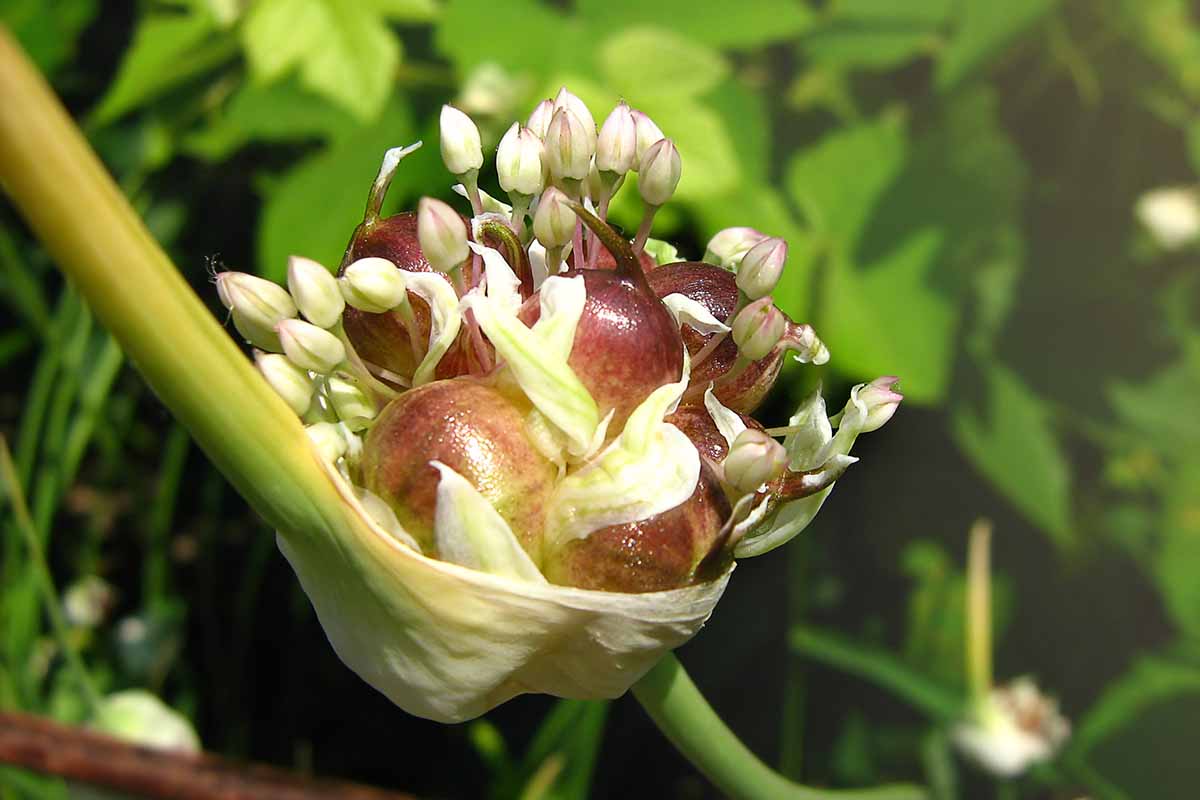
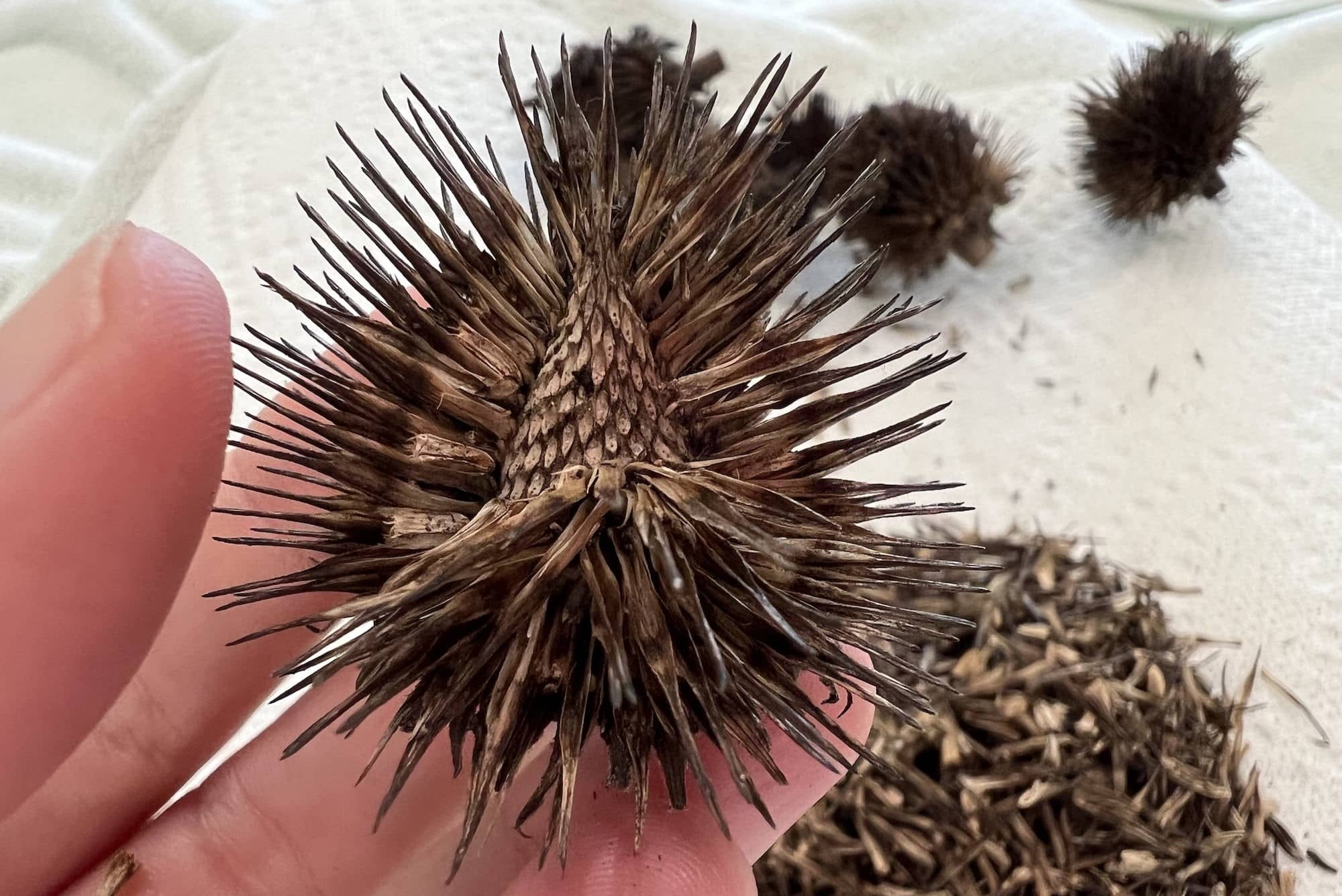
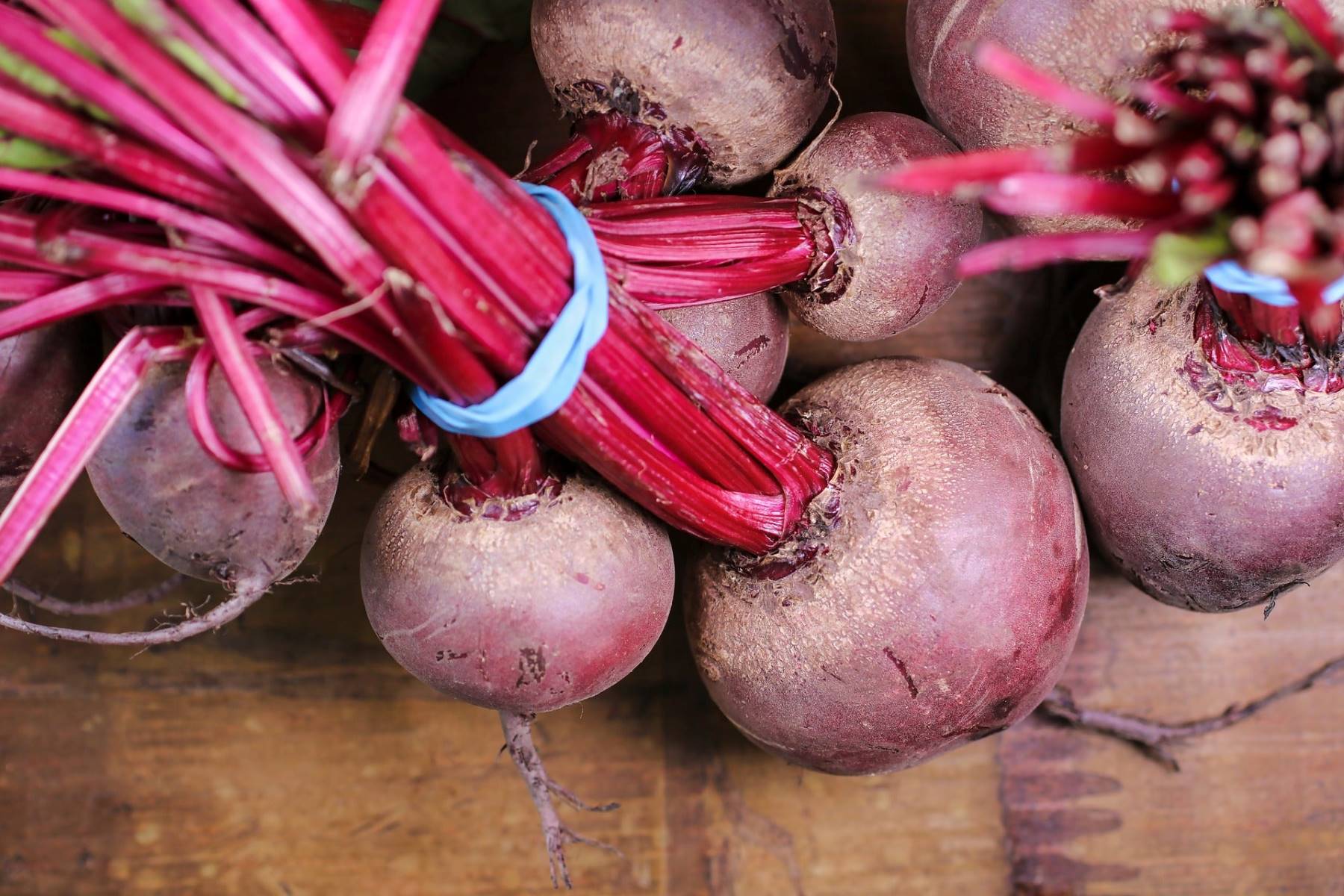
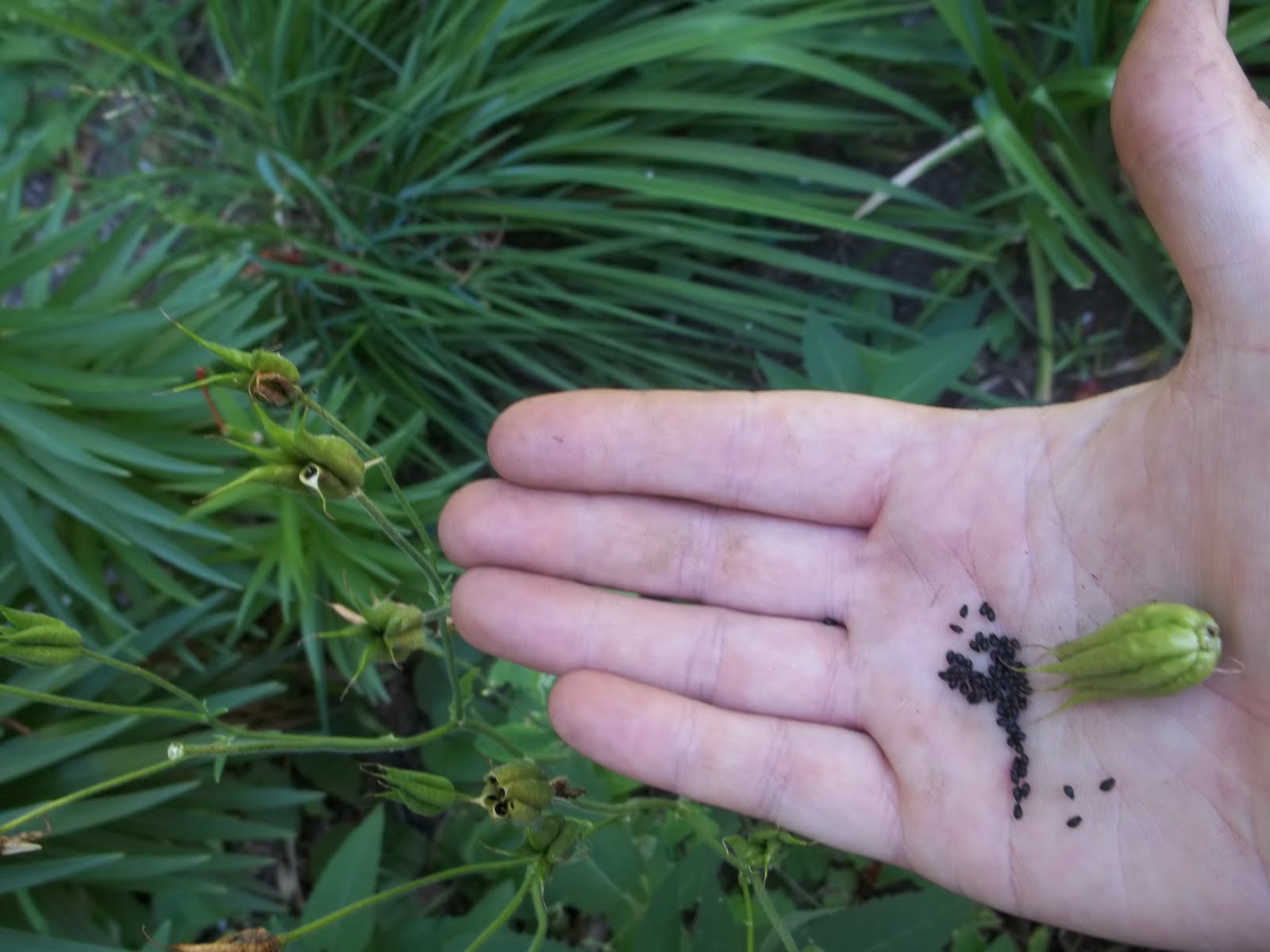
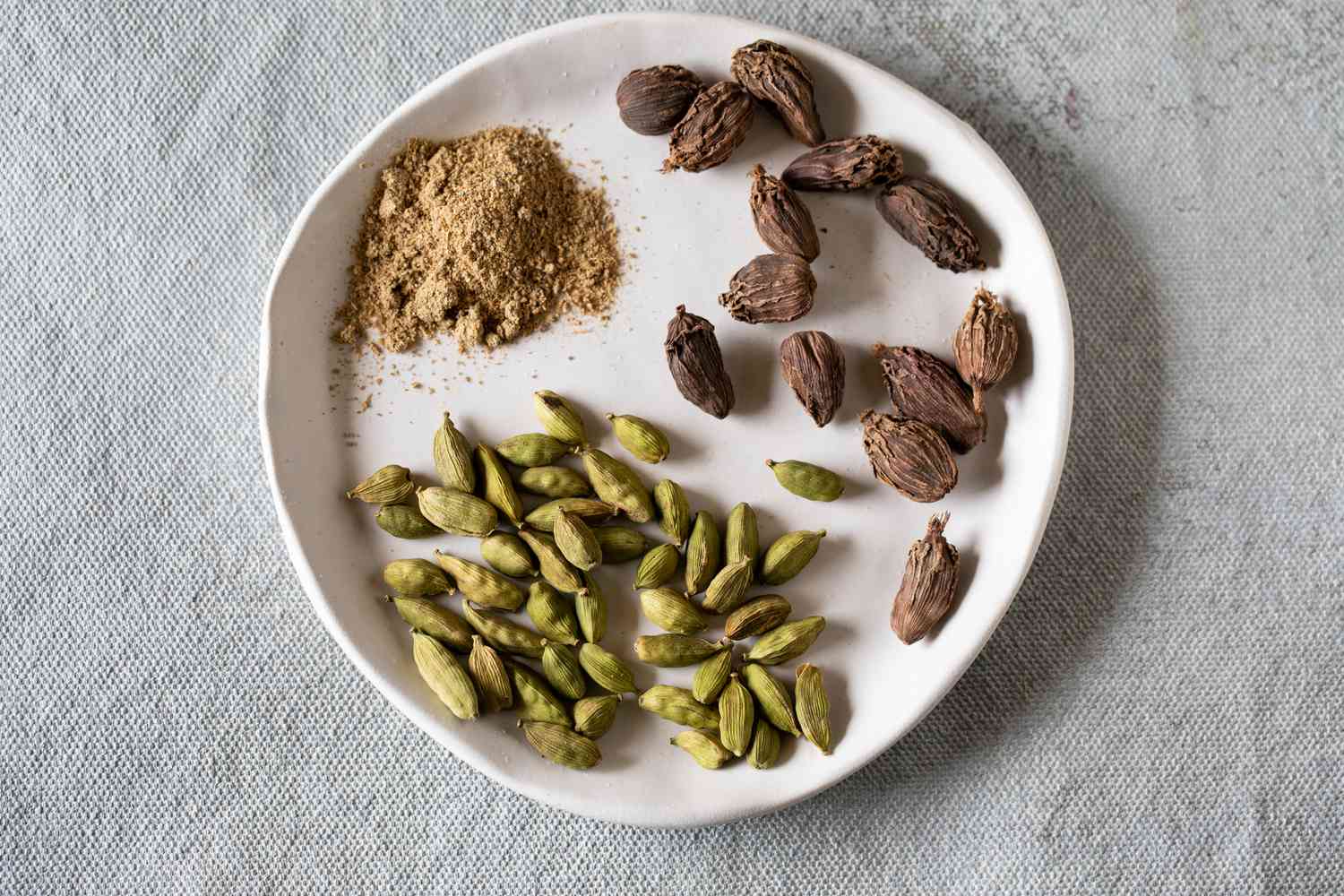
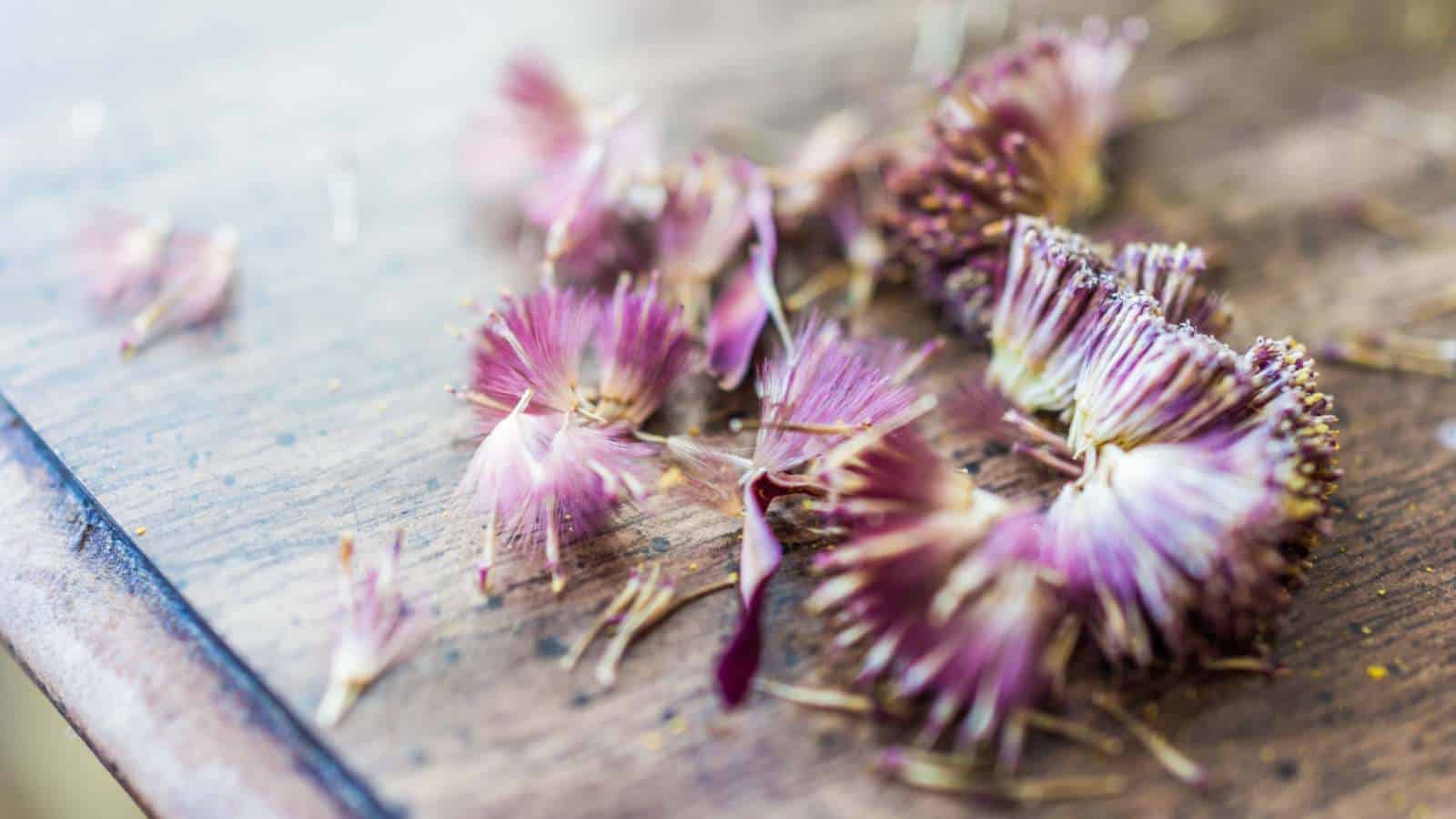
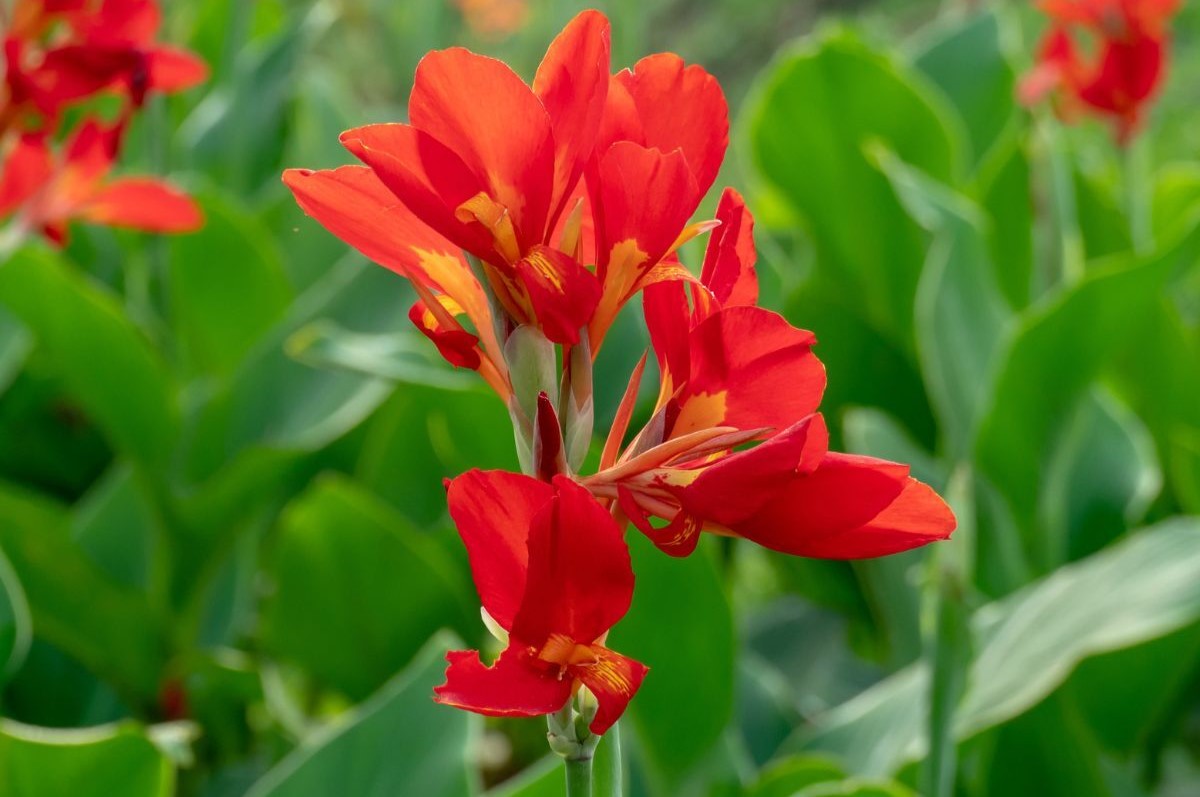
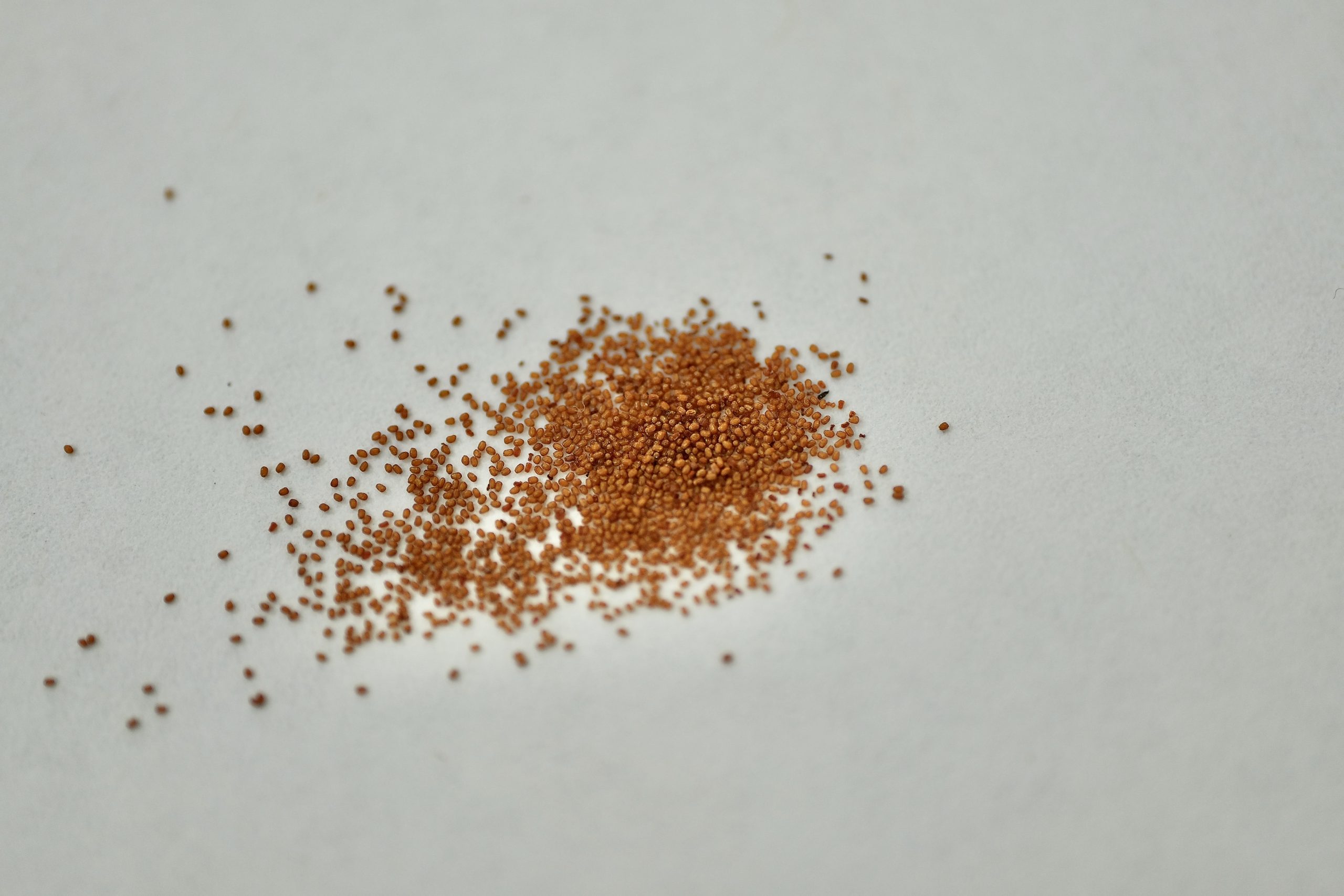
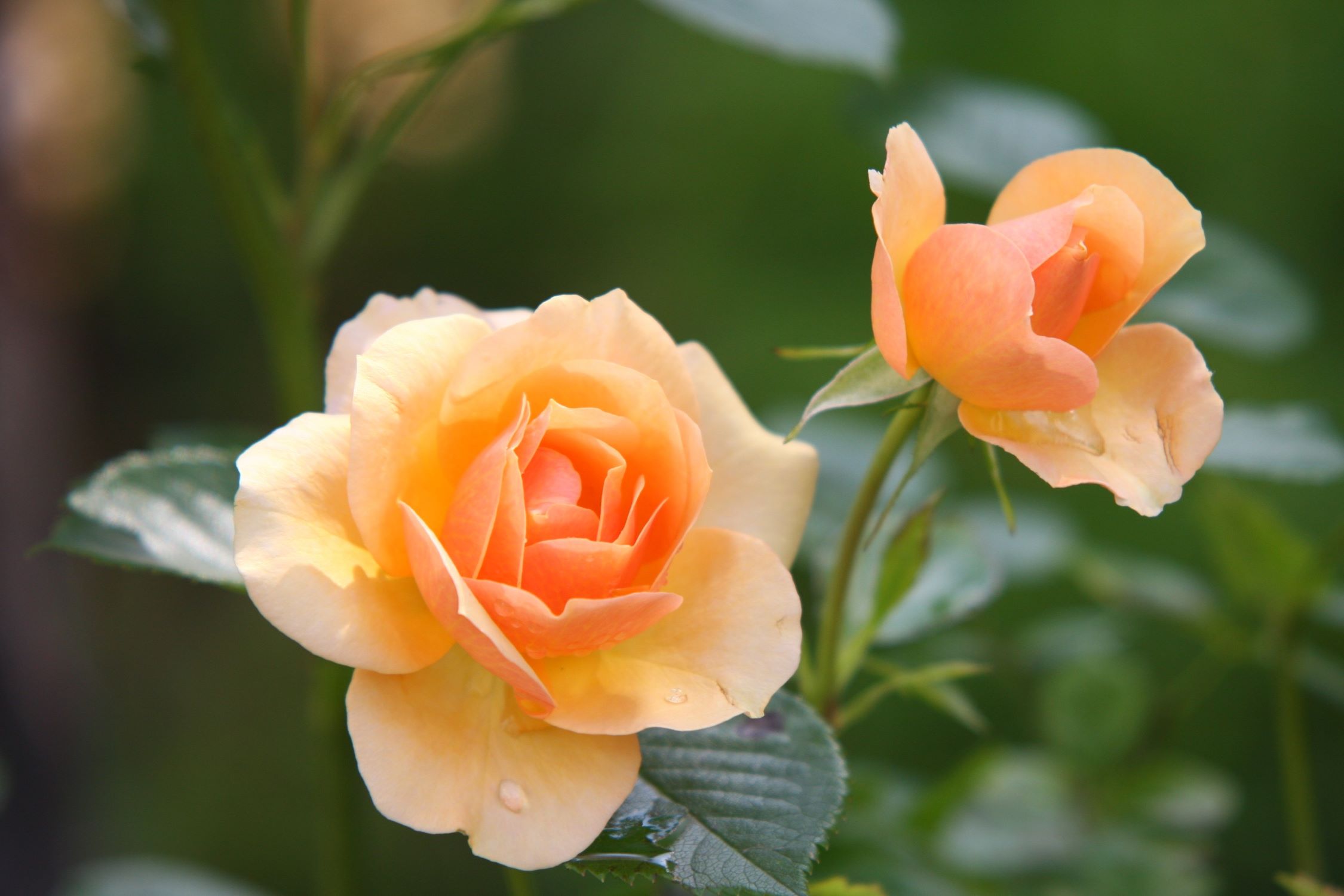
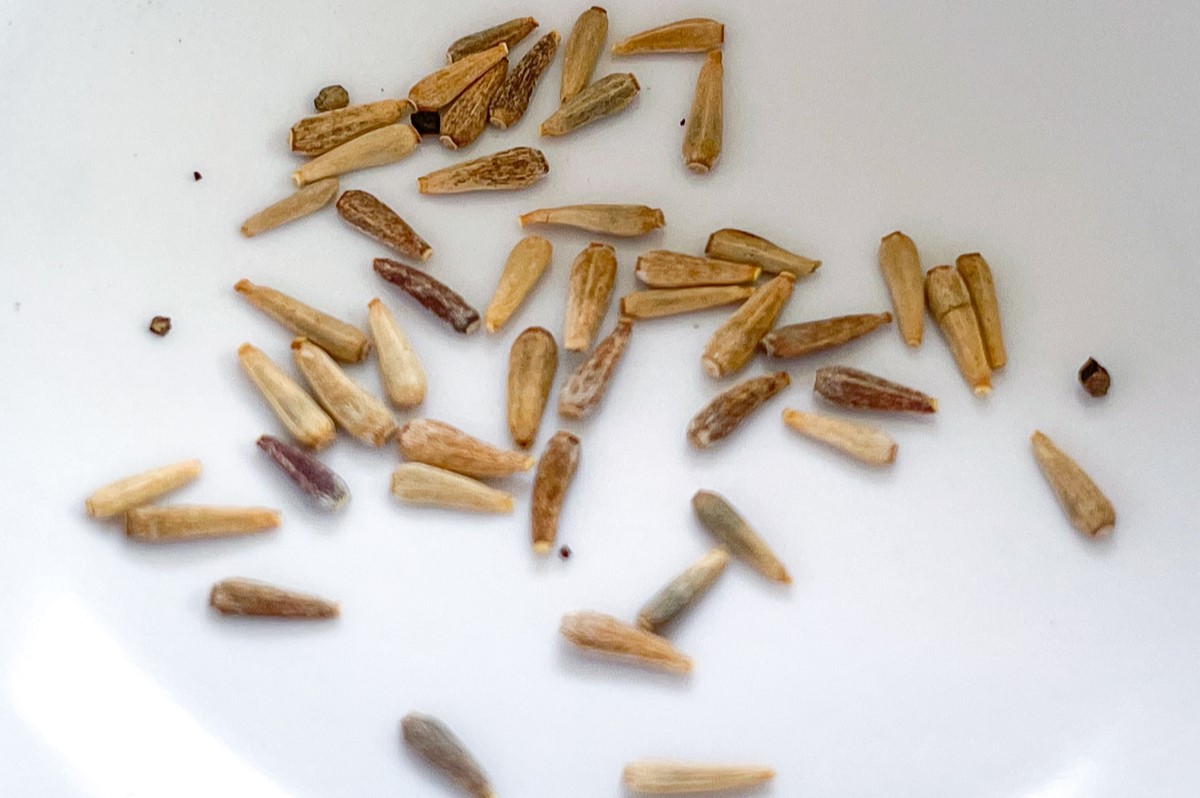
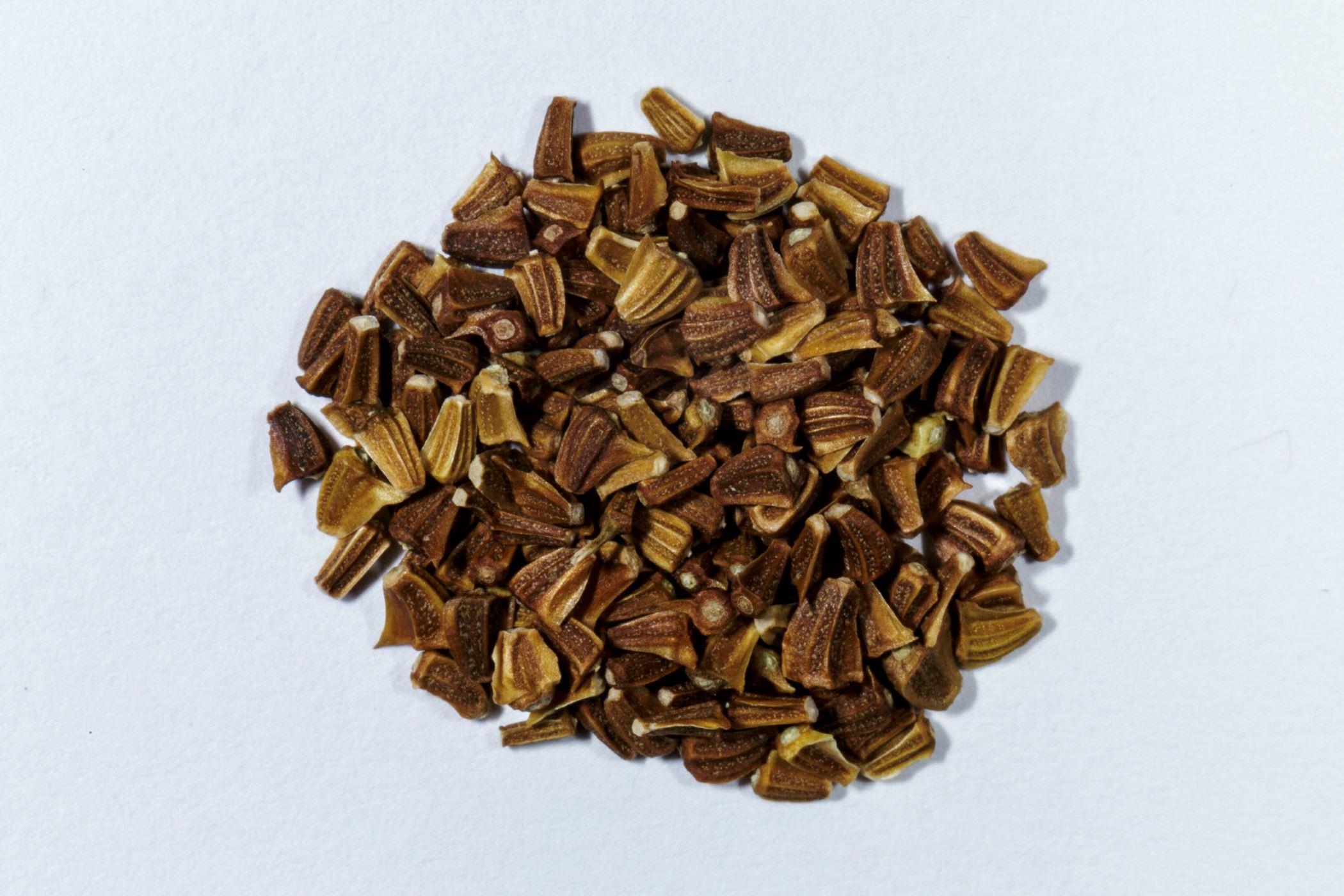
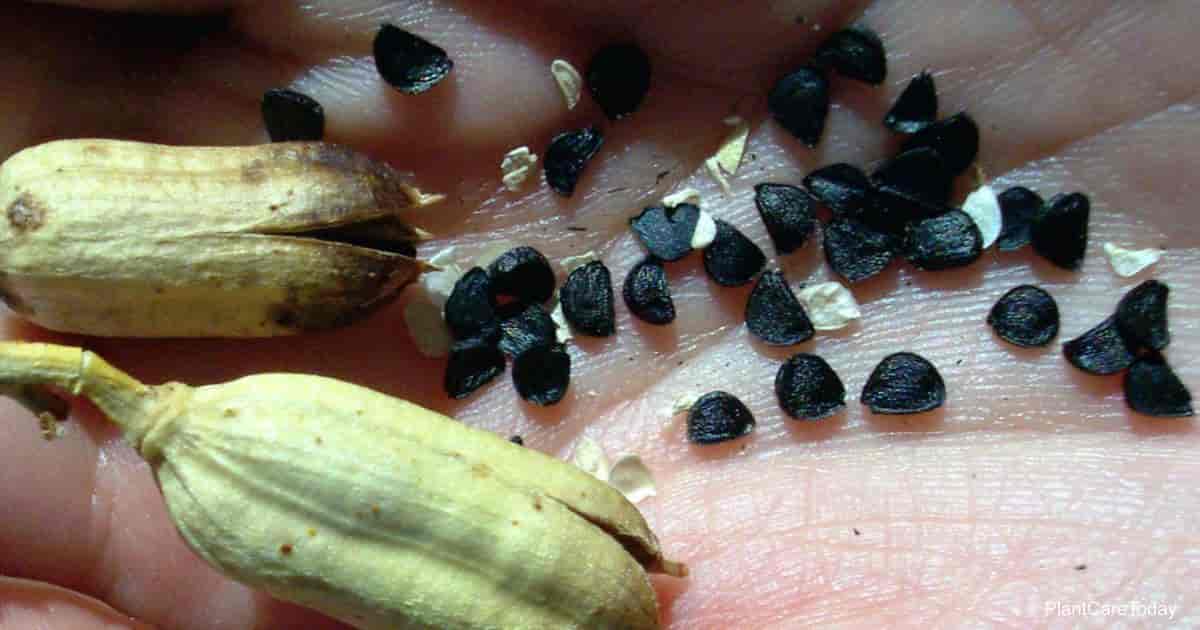
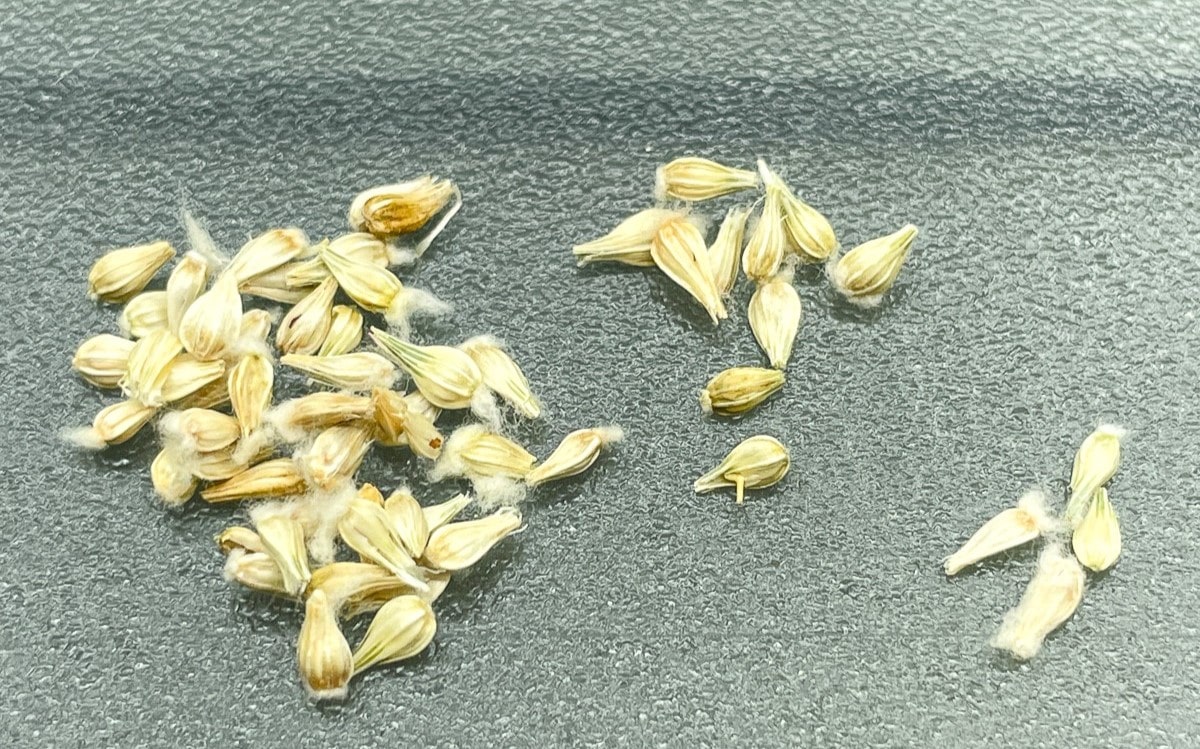
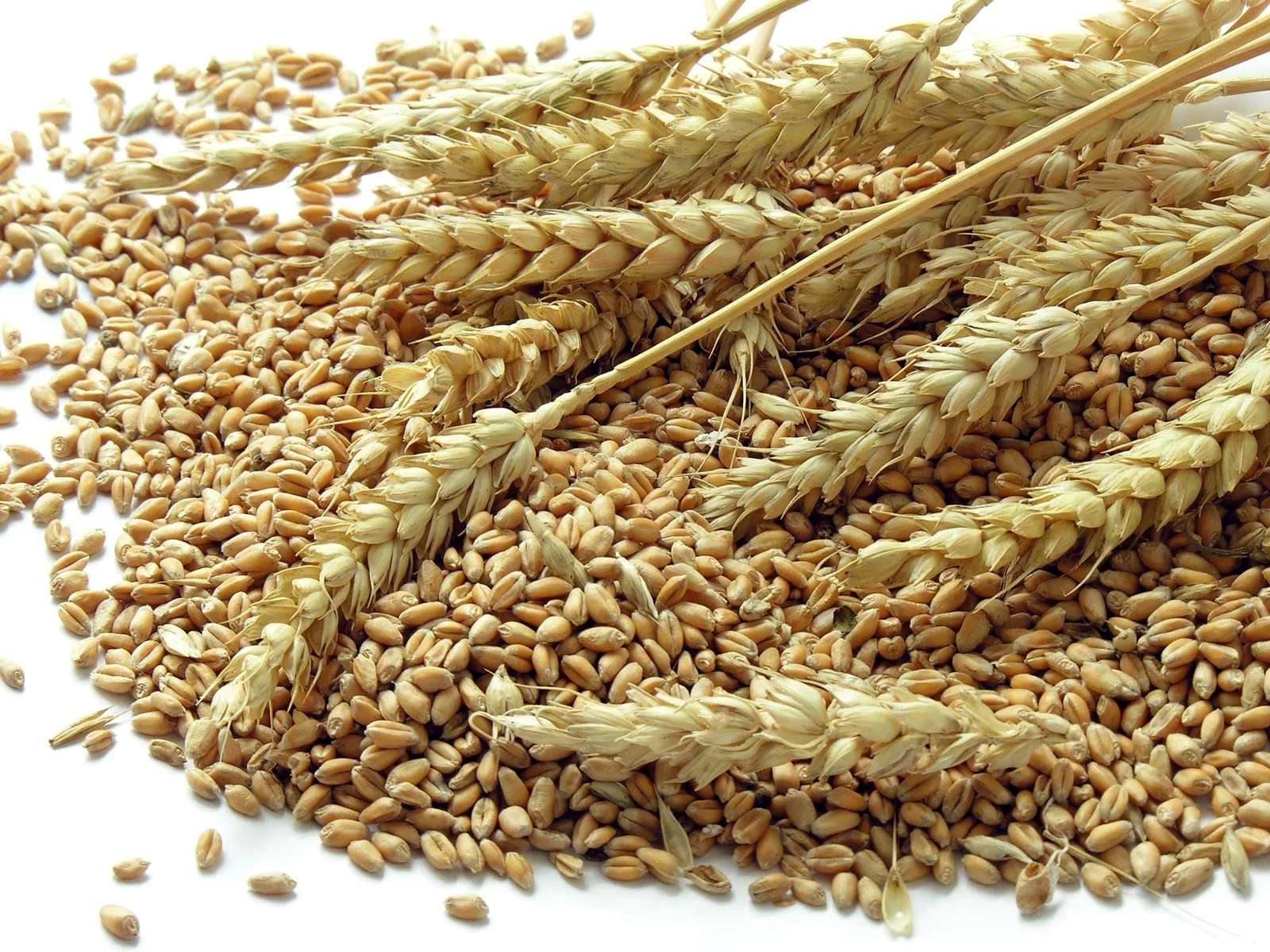

0 thoughts on “What Do Fuchsia Seeds Look Like”